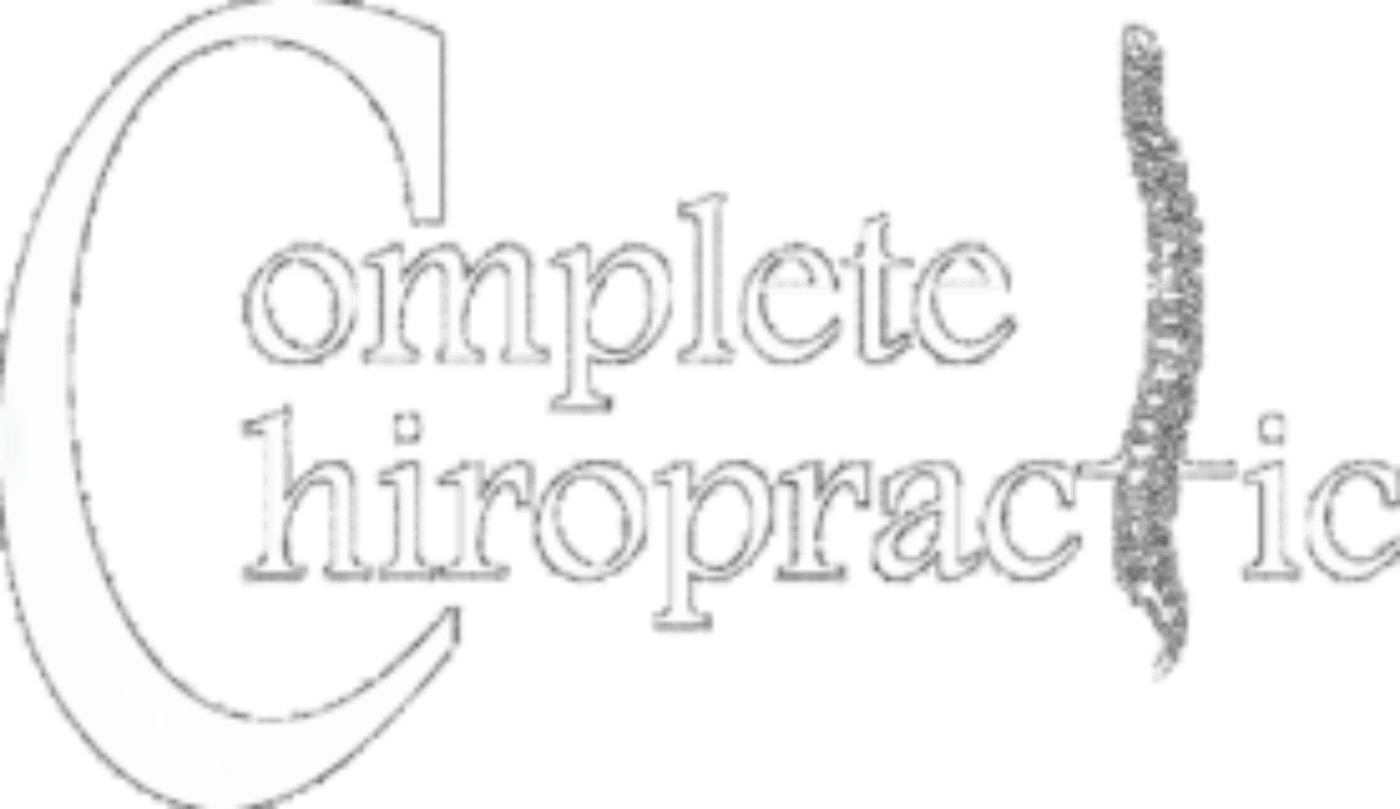“Among Medicare beneficiaries aged 66-99 with an office visit risk for a neuromusculoskeletal problem, risk of injury to the head, neck or trunk within 7 days was 76% lower among subjects with a chiropractic office visit as compared to those who saw a primary care physician.”
Risk of injury within 7 days of a chiropractic visits was lower then just going to your medical doctor where they virtually always do nothing to the actual body and prescribe pain medicine or muscle relaxers to mask the symptoms.
Study is published in 1 of the most respected orthopedic peer reviewed journals
http://www.ncbi.nlm.nih.gov/pubmed/25494315
Risk of Traumatic Injury Associated with Chiropractic Spinal Manipulation in Medicare Part B Beneficiaries Aged 66-99.
abstract is below
Abstract
Study Design. Retrospective cohort studyObjective. In older adults with a neuromusculoskeletal complaint, to evaluate risk of injury to the head, neck or trunk following an office visit for chiropractic spinal manipulation, as compared to office visit for evaluation by primary care physicianSummary of Background Data. The risk of physical injury due to spinal manipulation has not been rigorously evaluated for older adults, a population particularly vulnerable to traumatic injury in general.Methods. We analyzed Medicare administrative data on Medicare B beneficiaries aged 66-99 with an office visit in 2007 for a neuromusculoskeletal complaint. Using a Cox proportional hazards model, we evaluated for adjusted risk of injury within 7 days, comparing two cohorts: those treated by chiropractic spinal manipulation vs. those evaluated by a primary care physician. We used direct adjusted survival curves to estimate the cumulative probability of injury. In the chiropractic cohort only, we used logistic regression to evaluate the effect of specific chronic conditions on likelihood of injury.Results. The adjusted risk of injury in the chiropractic cohort was lower as compared to the primary care cohort (hazard ratio 0.24; 95% CI 0.23-0.25). The cumulative probability of injury in the chiropractic cohort was 40 injury incidents per 100,000 subjects, as compared to 153 incidents per 100,000 subjects in the primary care cohort. Among subjects who saw a chiropractic physician, the likelihood of injury was increased in those with a chronic coagulation defect, inflammatory spondylopathy, osteoporosis, aortic aneurysm and dissection, or long-term use of anticoagulant therapy.Conclusions. Among Medicare beneficiaries aged 66-99 with an office visit risk for a neuromusculoskeletal problem, risk of injury to the head, neck or trunk within 7 days was 76% lower among subjects with a chiropractic office visit as compared to those who saw a primary care physician.
